
Located near the City Palace and Hawa Mahal, Jantar Mantar features a collection of nineteen massive geometric instruments used to observe celestial bodies, track time, and predict eclipses. It remains a remarkable example of India’s scientific ingenuity during the Rajput era and a must-visit site for travellers interested in history, architecture, and astronomy tourism.



The world’s largest sundial, standing 27 metres tall, can calculate the time with an accuracy of two seconds. Its shadow moves visibly every minute, offering a fascinating demonstration of solar timekeeping.
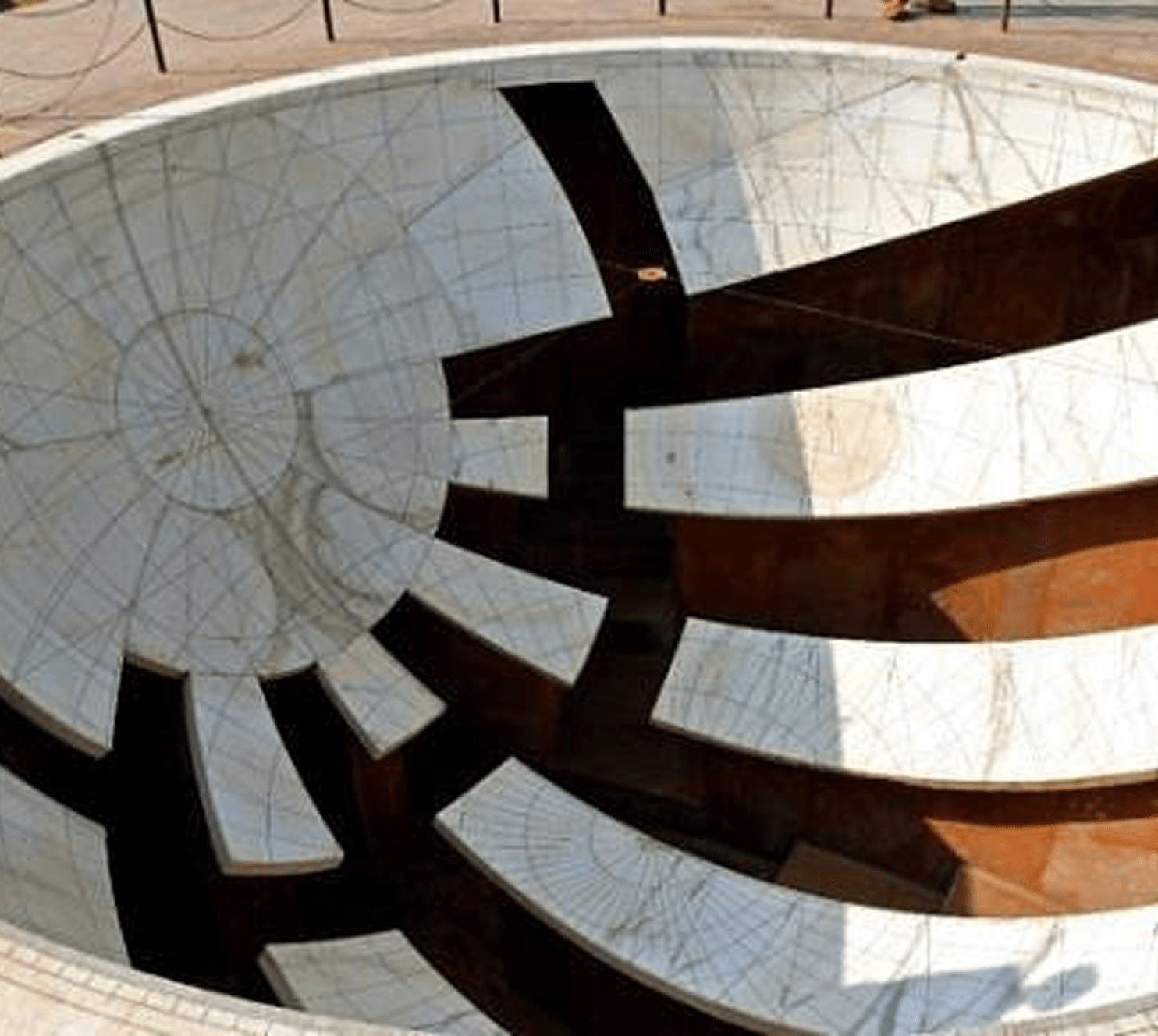
Two hemispherical structures that map the sky’s coordinates onto marble surfaces. They help observers visualise the movement of celestial bodies and understand how ancient astronomers tracked the sun and stars.
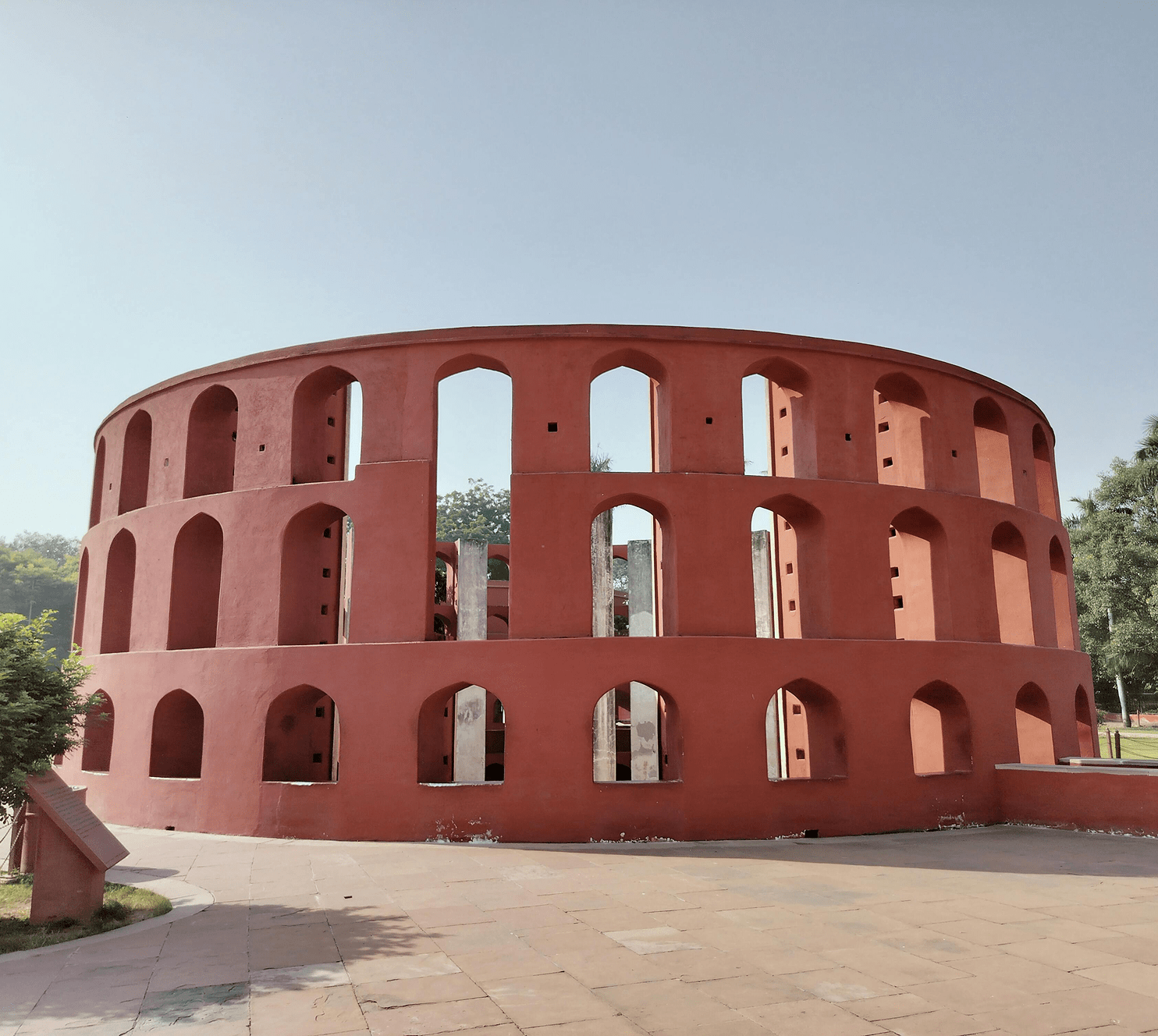
A pair of cylindrical structures used to measure the altitude and azimuth of celestial objects. Visitors can even stand inside to see how the instruments align with the sky.
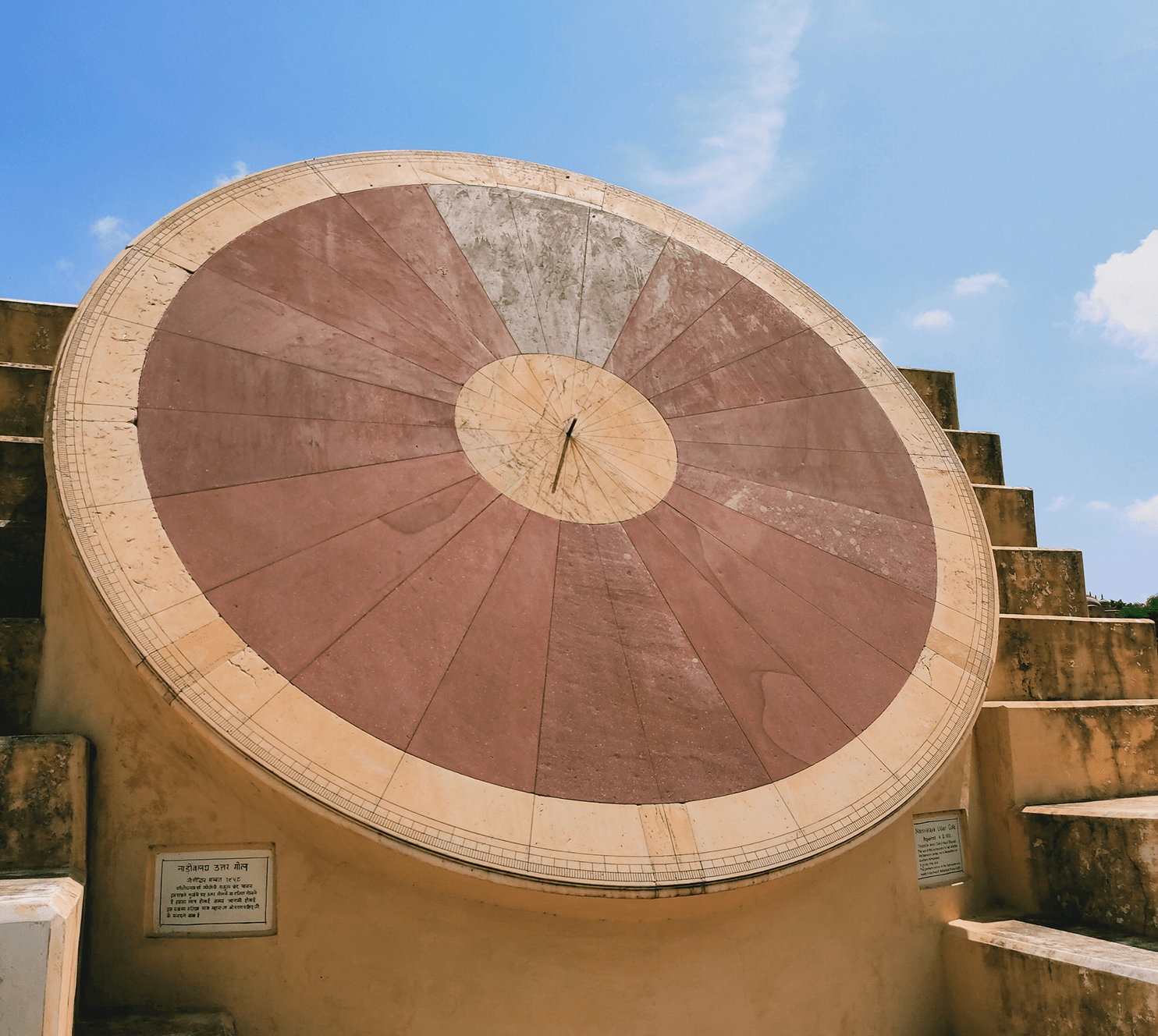
A dual-sided dial representing both hemispheres, used to measure the sun's position at different times of the year.
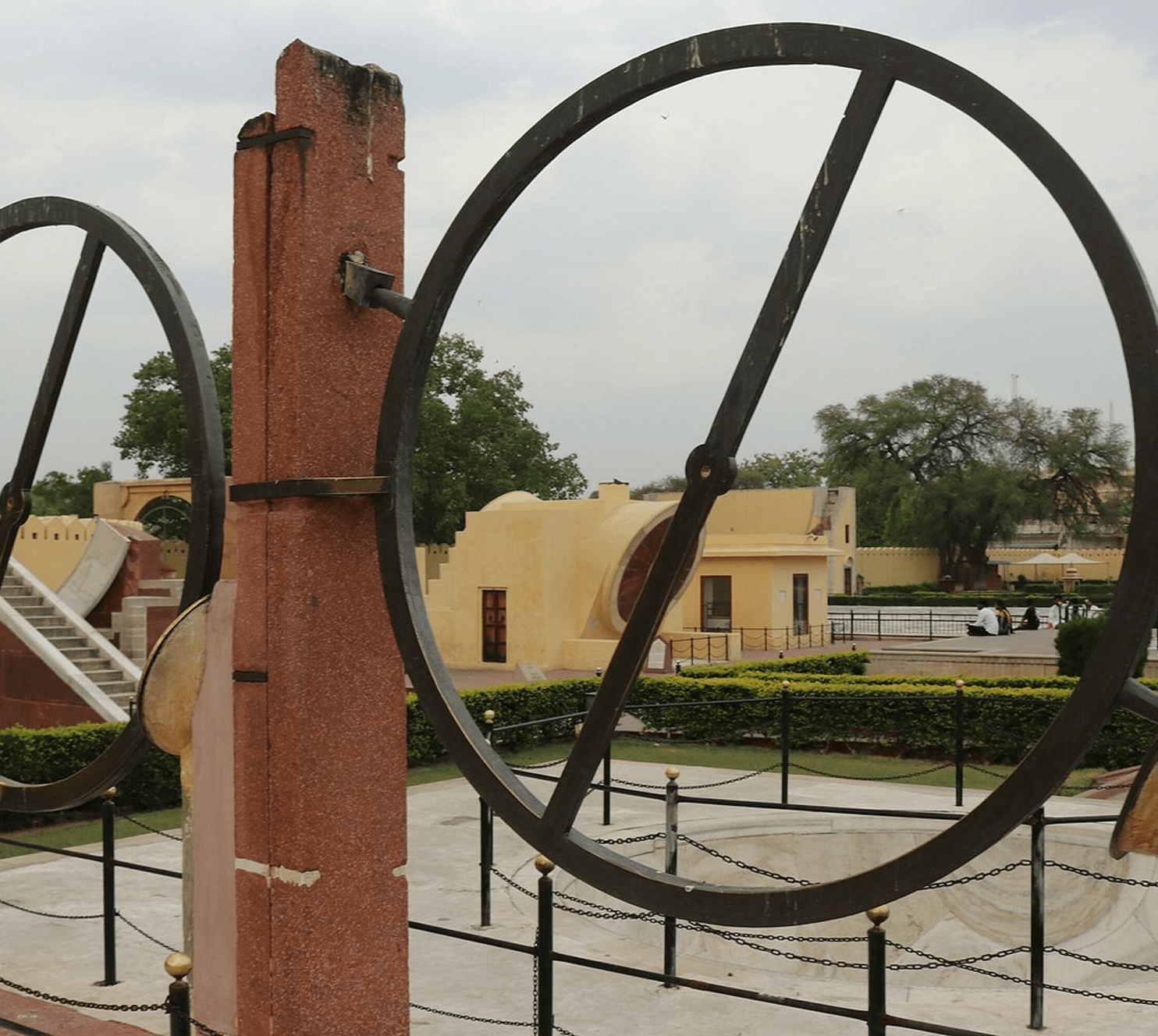
These instruments helped ancient astronomers determine the exact times of sunrise and sunset, which were vital for both astrology and religious rituals.


A royal complex showcasing artefacts, textiles, and arms of the Kachwaha dynasty.
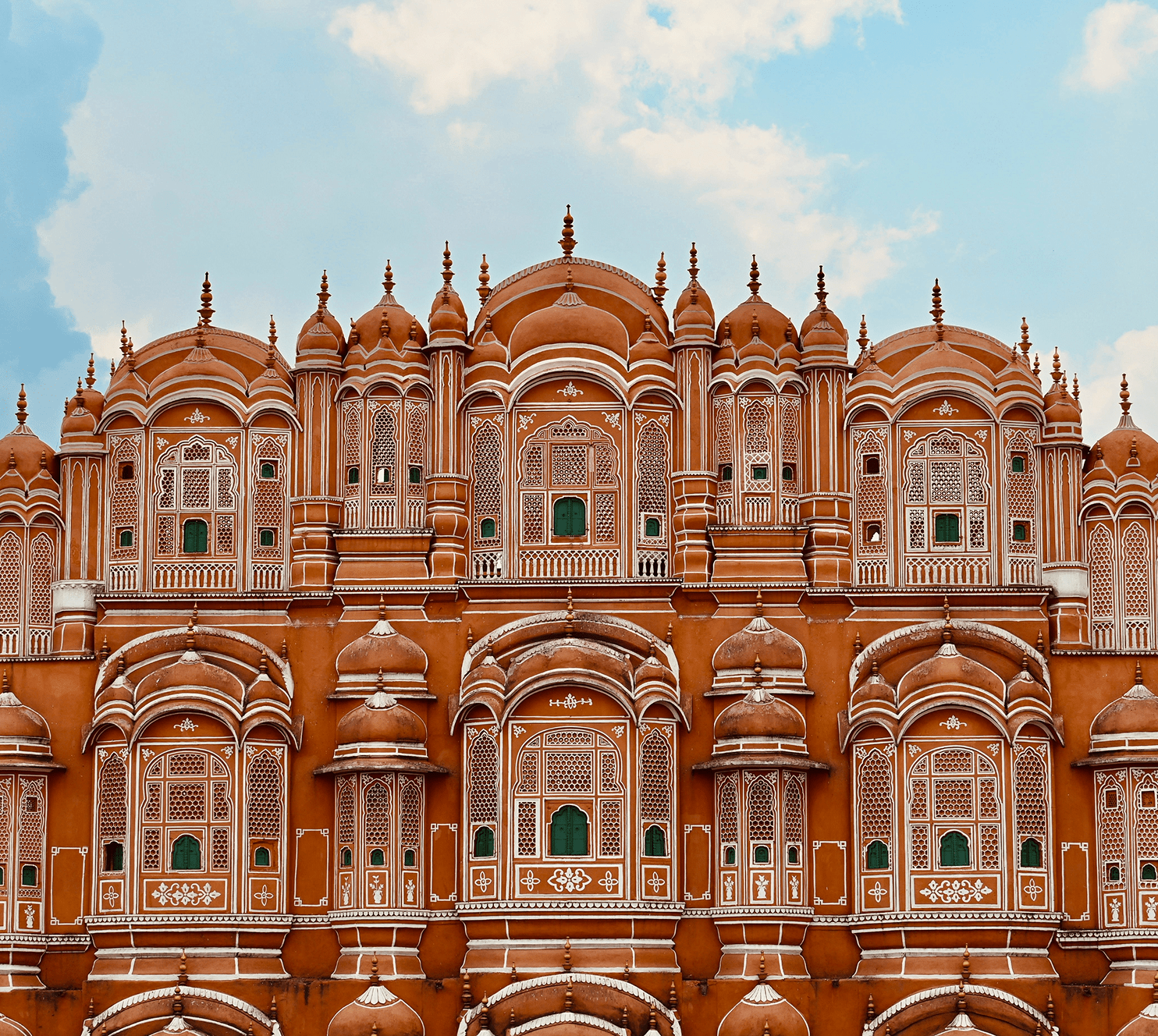
The iconic Palace of Winds, just a short walk away.
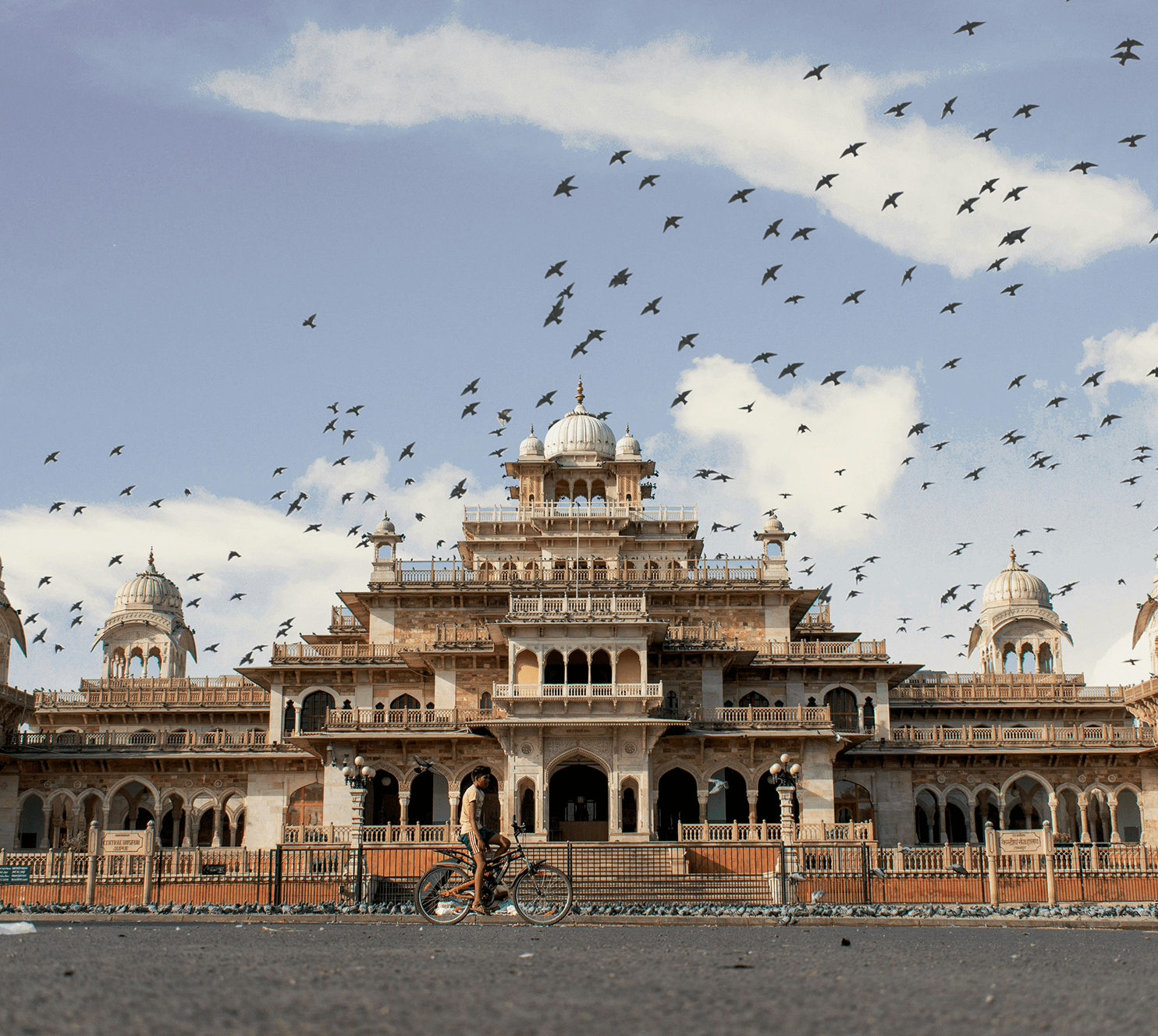
Showcasing Rajasthani heritage, art, and history.
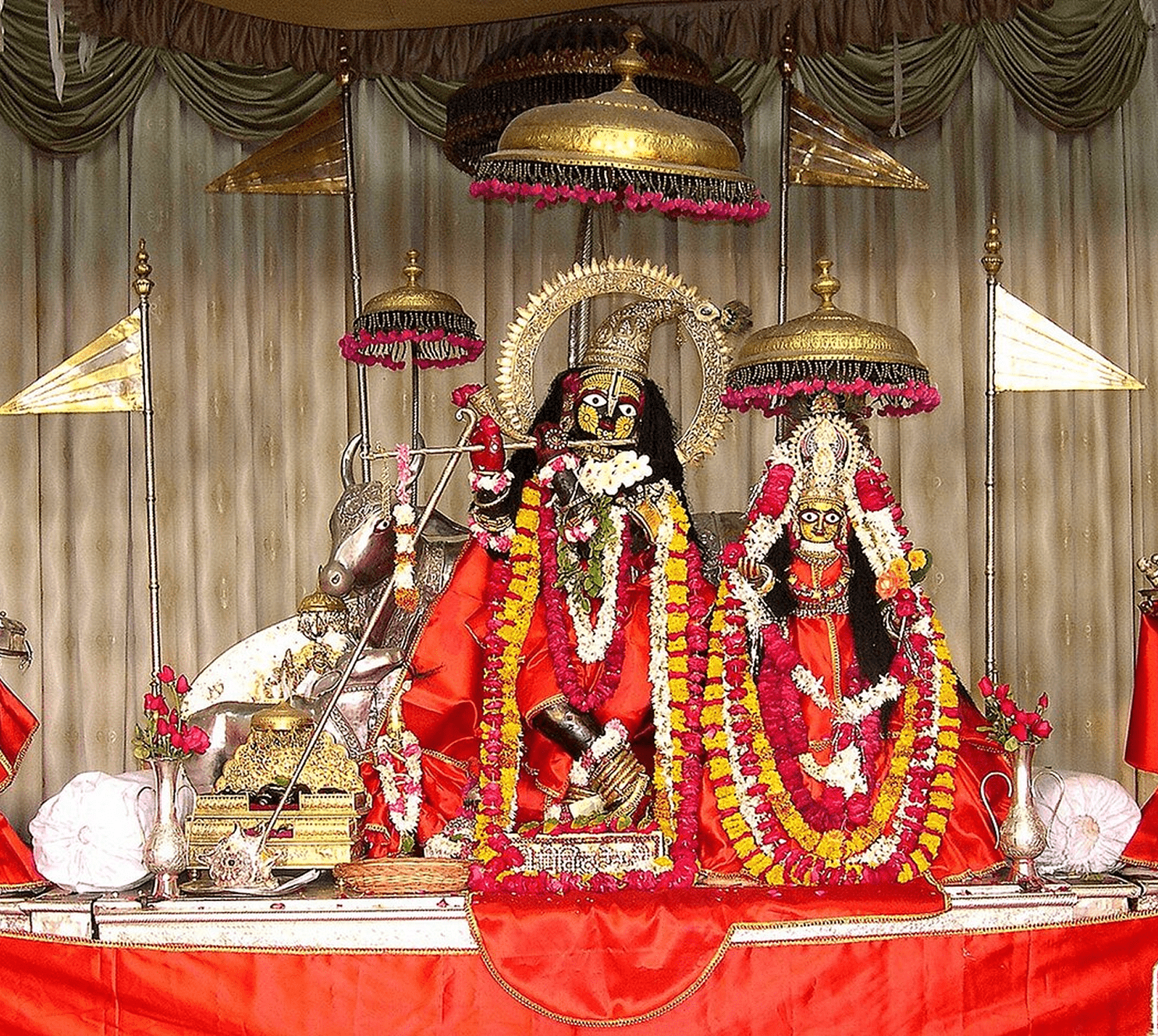
A critical Krishna temple within the City Palace complex.

Perfect for shopping for souvenirs, jewellery, and textiles.

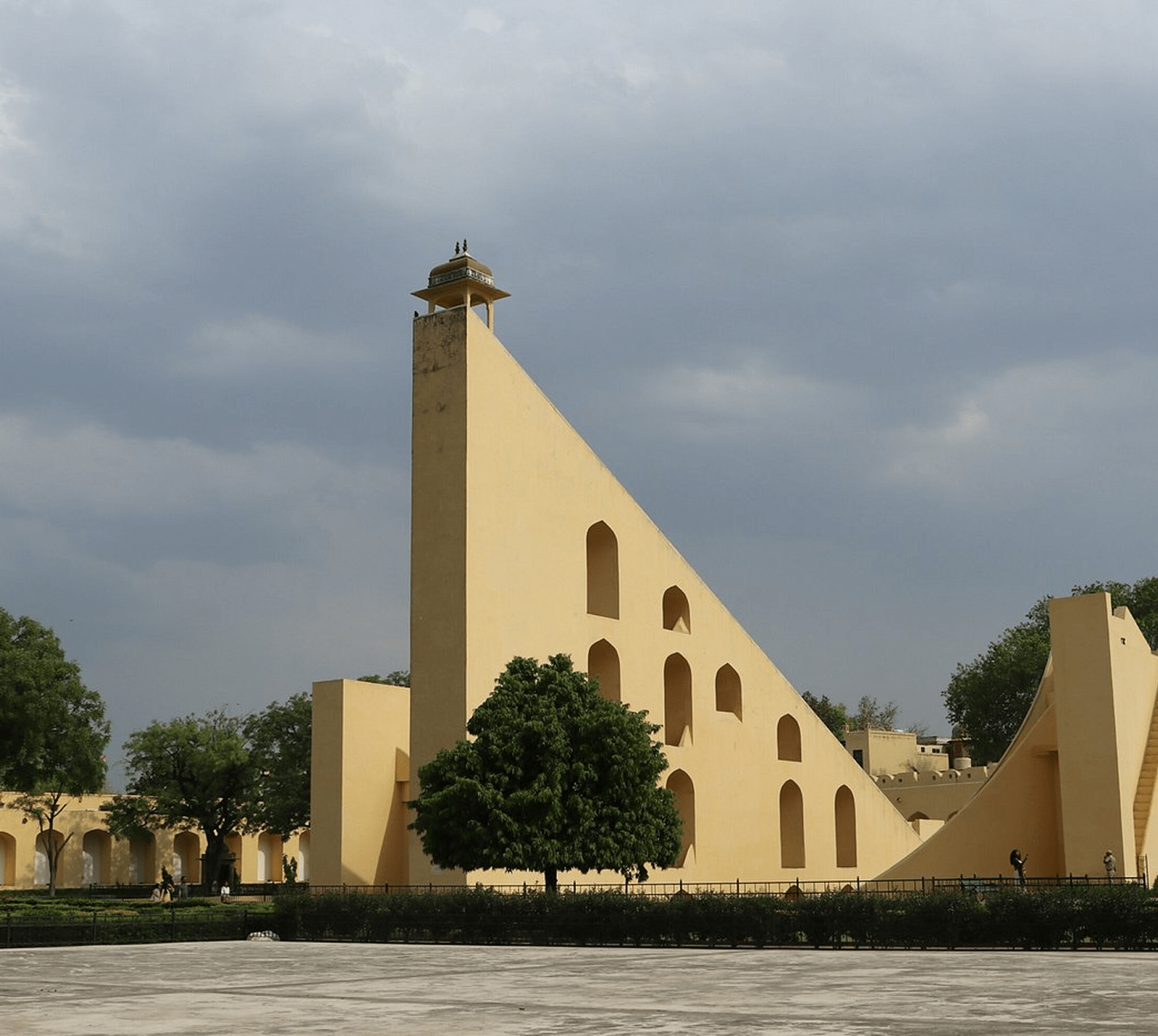
The world’s largest sundial makes a striking visual backdrop.

Capture the marble hemispheres and geometric lines.
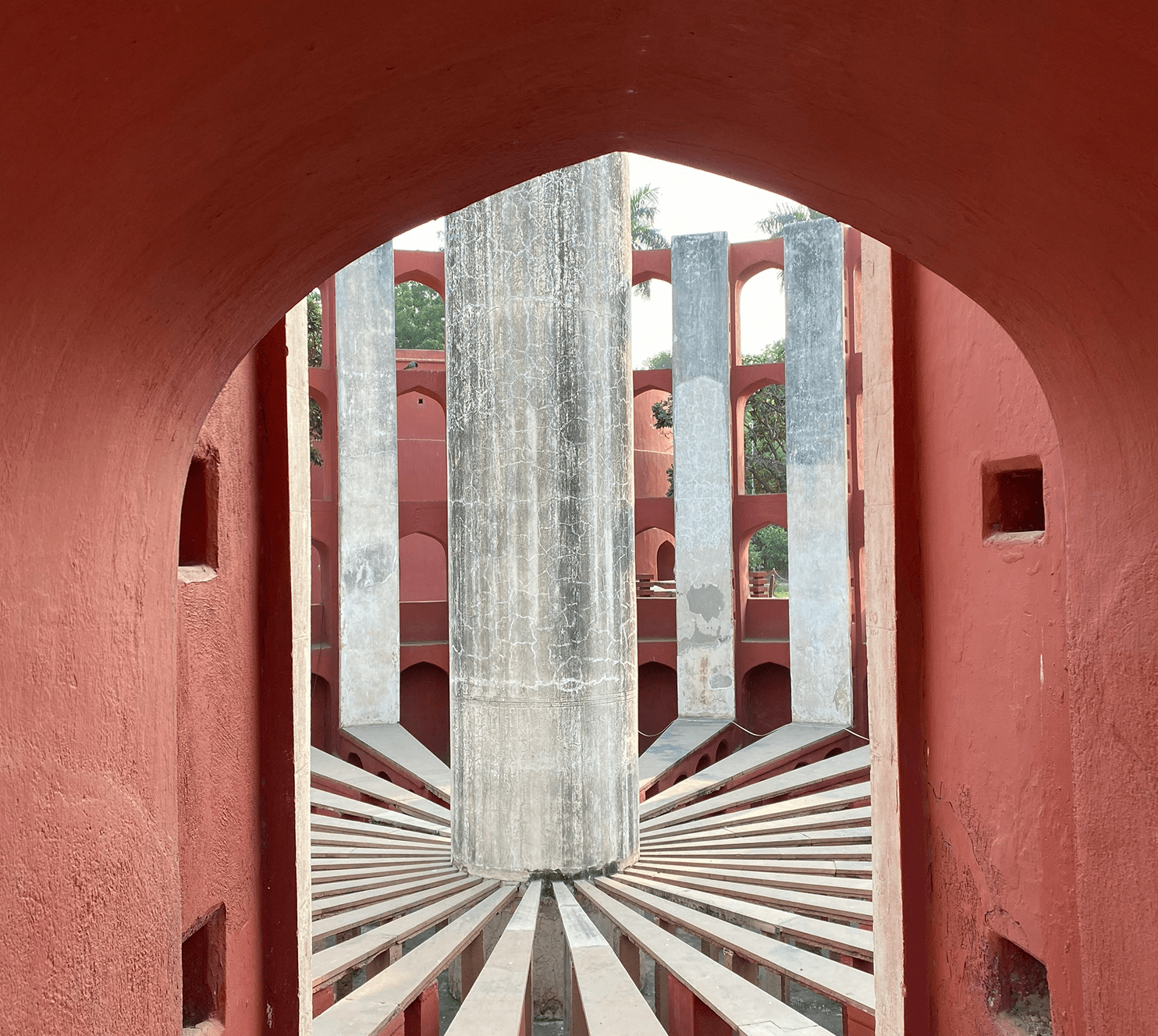
Offers dynamic framing for creative travel photos.
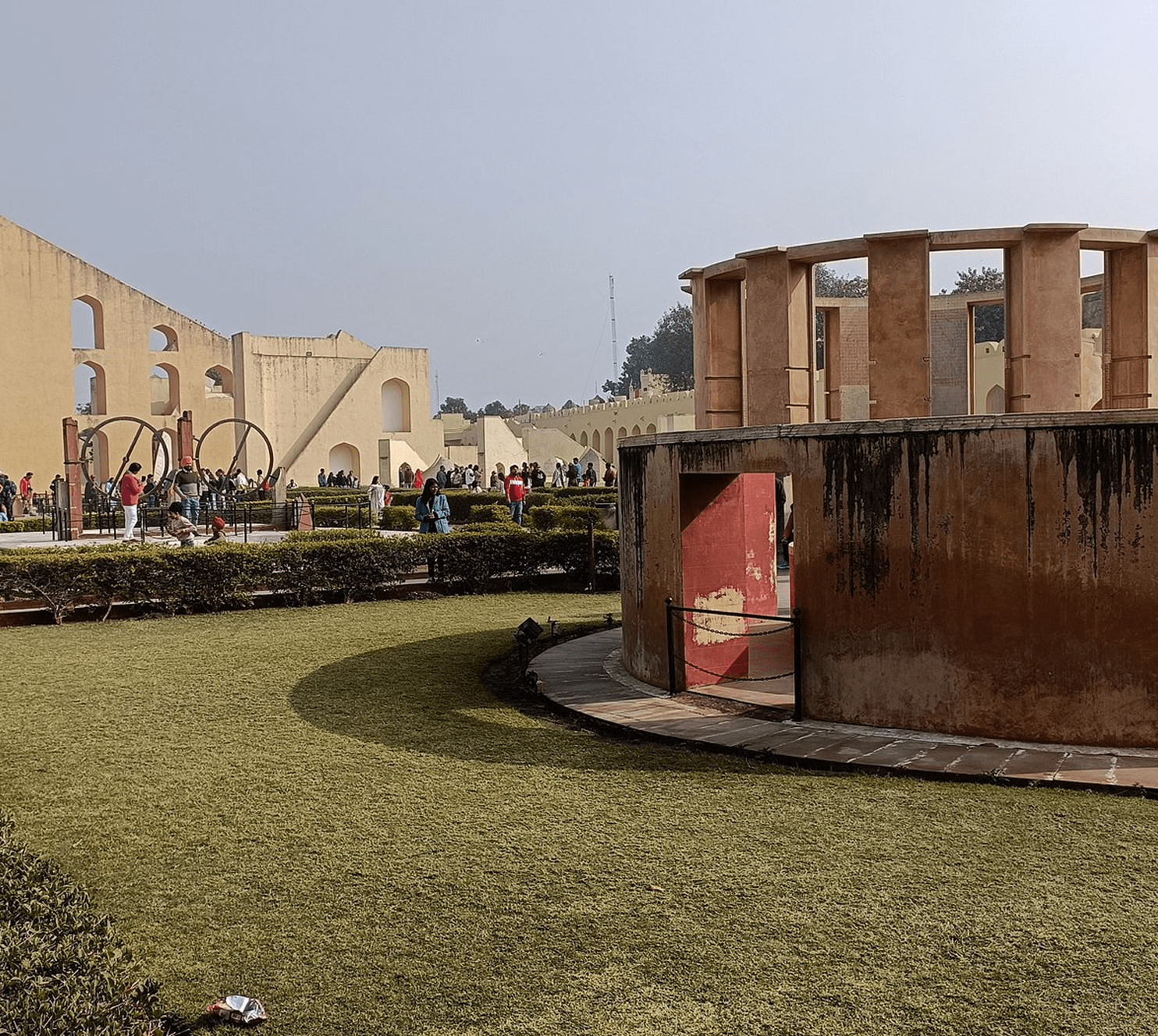
Include City Palace domes and Hawa Mahal skyline in your frame. Best Time for Photography: 9:00–10:00 AM and 4:30–6:00 PM for balanced light and shadows.